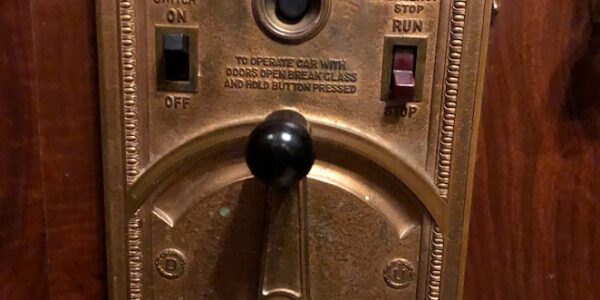People have been worrying about being made redundant by robots for some time now, but researchers at MIT’s Computer Science and Artificial Intelligence Lab are offering some cheering information.
Is replacing humans cost-effective?
The study suggests that just 23% of tasks could be replaced by AI cost-effectively.
Previous research has found that about 30% of tasks can theoretically be automated. That’s an average — some jobs can be entirely automated, but for most jobs, only some of the tasks can be automated. That’s enough to make automation practical alongside human workers, not enough to replace the workers. Newer research finds that AI bumps that figure to 40%.
Even adding AI doesn’t change the scenario very much. AI can perform a lot of clerical tasks — maybe most of them. But if you still need someone to make coffee, keep the break room supplied, and welcome visitors to the office, there’s not much point in automating most of the tasks that could be done by the person who does the remaining jobs.
In a warehouse, robots can do the heavy lifting, the carrying from one place to another, and even some of the picking and packing. But until they can do everything, you will still need some human workers. Does it make economic sense to pay humans for the things that only humans can do and also to pay for an ensemble of robots to do the tasks that are open to automation?
MIT used the example of retail workers. If you must have human beings for customer service and security, is it worthwhile to buy and maintain robots to spot check prices on the shelves?
Jobs or tasks?
Elevator operators faced extinction because they did just one thing. When that single task was automated at a reasonable price, there was no reason at all to keep elevator operators on the payroll.
The same things has happened to some jobs in manufacturing. If your job is to move the widget from the pallet to the conveyor belt, and a robot can do it just as well as you, your job is in danger.
But if your job consists of 30% tasks that can be done by a robot — or 6% tasks that can be done by Robot A and 12% tasks that can be done by Robot B and 8% tasks that can be done by Robot C — then the economic reality of replacing you makes it less likely that your employer will do so.
What about those elevator operators?
Elevator operators used to be widely employed. In 1945, a strike among elevator operators forced thousands of people to manage without elevators. By 1950, completely automatic elevators were in service, and in the 1960s, elevator operators nearly became extinct. There are are still more than 9,000 working elevator operators in the United States, though. They are generally found in high-end hotels or historic buildings.
There are also plenty of people who, in the course of their jobs, ride the elevator down to welcome guests and ride back up with them in the elevators. It’s a courtesy to a respected visitor. Ceremonial elevator operation is not the main part of their jobs and they don’t worry about being replaced by robots.
